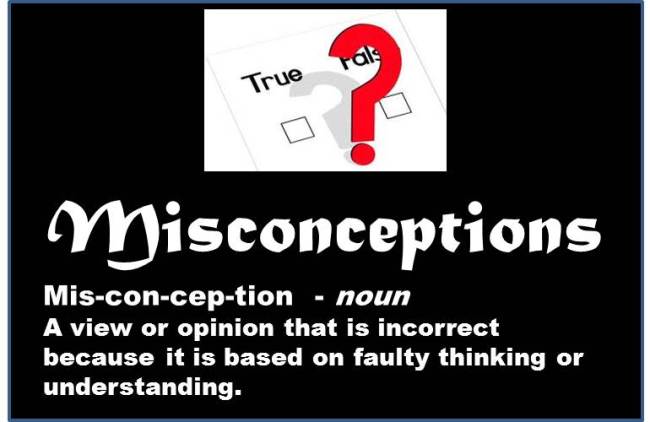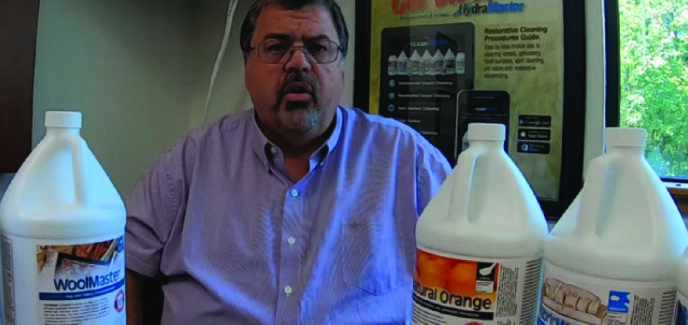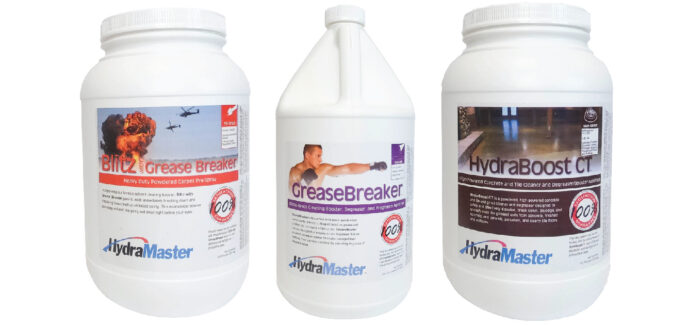The 7 Most Common Misconceptions about Carpet Cleaning Chemistry – Part 3 – Only using “stain resist compatible” chemistry
Misconception #3 – You must use “Stain resist compatible” chemistry only, on warranted carpets
When Du Pont introduced Stainmaster® (now owned by Invista) carpet in 1987, the spot and stain warranty that was tied to it really forever changed the carpet cleaning industry. It was really the first time that the downstream performance of a carpet was actually tied to a cleaning related measurement. The chemistry used to make the carpet stain resistant was not permanent, and using the wrong cleaning chemistry could actually reduce its performance and useful life. The carpet cleaning chemical world was basically divided into two worlds – stain resistant compatible chemistry and that which was not (generally measured by a pH above 10). Cationic surfactants and optical brighteners were also eliminated from chemistry referred to as “stain resistant compatible.” Virtually all residential carpet sold since 1987 is warranted for stain resistance. Some is made of nylon (like the original Stainmaster®) and some today is made from polyester, olefin, or triexta fiber. Most of these carpets still have warranty provisions which recommend or require using carpet cleaning chemicals with a pH below 10.
So what does a professional cleaner really need to know and understand? Is your world still divided between stain resistant compatible chemistry and that which is not? Well the truth is the chemistry used to make a nylon carpet stain resistant has changed quite a bit since 1987. It is probably time for a fresh study of what affects higher pH solutions and cationic detergents may still have on the chemistry that makes the carpet stain resistant. In addition, today many carpet manufacturers refer to the Carpet and Rug Institute Seal of Approval testing program to find approved carpet cleaning chemistry that is “approved” for use on their carpet. Some of these cleaning solutions and some of the cleaning solutions used in the “system” testing that have passed CRI SOA testing have a pH above 10.
Our recommendation for cleaning residential carpet, especially nylon is simple. Quit worrying for a moment whether the chemical is stamped or marked with a stain resistant compatible claim and use some common sense. You can safely assume that virtually all carpets installed in a residential setting now have had a stain resistant warranty tied to them at one point. If the carpet you are cleaning is less than five years old, then it may or may not still have a warranty tied to it. The warranty is only an issue however, if the homeowner has “lived up to” the other provisions of the warranty. Those same warranties also often require the carpet be professionally cleaned every 12-24 months. The fact is that if a carpet is professionally cleaned on a periodic basis by a certified and trained professional cleaner who knows what they are doing, utilizing cleaning chemistry with a pH under 10, or “green” carpet cleaning chemistry is likely going to get it clean and looking great every time. However, if you are being asked to clean a carpet that is 3 years or older, and it has never been professionally cleaned, the warranty is likely irrelevant. They have already violated provisions of their warranty. Remember don’t make the warranty your problem. It is the carpet manufacturer’s warranty to deny or accept. Simply explain to your customer the recommendations or requirements for periodic cleaning that are likely tied to their carpeting. You are likely going to be judged by your customer by appearance improvement at that point. Use the chemistry that you know will do the best job of getting the carpet cleaned.
Our advice is quite simple, if the carpet is professionally cleaned on a regular basis, use FastBreak HD Traffic Lane Cleaner or Release with OxyBreak as your prespray. If it is an olefin, polyester, or triexta fiber and it has not been cleaned in more than two years, use PolyBreak as your carpet prespray, and HydraFree DFC as your extraction detergent. If it is nylon, and it has not been cleaned in more than two years, use Quake HD or Blitz with GreaseBreaker as your prespray. If it is wool, and it is being properly maintained on a periodic basis, use WoolMaster Rug and Fabric Cleaner as your prespray. If it has not been cleaned in more than two years, use FastBreak HD as your prespray. If you just want to carry one prespray on the truck and keep it simple, use FastBreak HD as your prespray on virtually everything.
Tags: Blitz with GreaseBreak, compatible, FastBreak HD, HydraFree DFC, Invista, pH, PolyBreak, Release with OxyBreak, stain resist, StainMaster, WoolMaster






